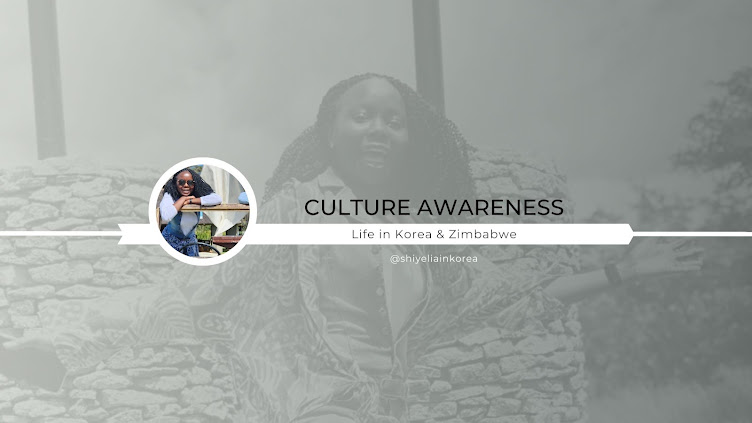This week I'm celebrating my 10 years in South Korea, so I decided to share on how I survived back then in 2011.
 |
| International Students Festival 2011 @Keimyung University Daegu. |
When I got the full tuition, dormitory and stipend ₩450,000 scholarship I thought it would be enough. Even though the rate to US to won was fluctuating between 1,000 to 1,200 won, I just thought it would be enough. When I arrived at Incheon International Airport and tried to buy some snacks that's when I realized this allowance wouldn't last for two weeks.
My settling week, everything became real! We could only get breakfast and dinner! Buy our own books every Korean language semester. Unlike in Zimbabwe we used to recycle books, but here the teachers wanted you to use personal copy that you write the answers inside. As a lady I also had to balance to buy monthly toiletries. Which were even 10-times more more expensive than back home. For a semester I managed to pull through with my toiletries from home.
The good thing was the settling in anxiety and culture differences! I didn't focus much on my stipend. Fast forward to the second semester, I could speak little Korean, I could ask how much a product is in Korean and all the survival Korean skill. Then we used to get the 450,000 won at the beginning of the semester to cater for 3- full months 😥. I had to buy new books, leave lunch money, toiletries and transportation to church and other activities with friends. It wasn't enough, one trip by subway was around 1,000 won so I cut off shopping and hanging out with friends. I would just go nearby our school. I mastered eye shopping those days. Just go and watch and admire the products and leave it there. It wasn't easy because most people were on a well sponsored scholarship which gave them almost $800 to $1000 per month. Mine was just ~$125 per month. It was a partial scholarship but they didn't really specify the need for back up funds so I just assumed it was enough 😁. Well, I needed backup and in 2011, back home we were recovering from the 2008 inflation and I didn't want to bother anyone to support me, I just tried to survive within my tight budget.
I thank God for the support we got from our international church the Abundant Life Worship Center in Daegu. We used to get winter clothing and some supplies. My first 6 months in Korea were the toughest, but I pulled through. I can only express in words what I went through. Fortunately, around 2012 my scholarship grant from University of Zimbabwe was processed. That's how I managed to complete my studies at peace as a normal stress free student.
My advice to anyone accepting a partial scholarship in Korea is; "take it, if you're really desperate." Take it knowing that there are high chances that you can't do part time in Korea. Though most people do work illegally. I also think now the immigration wants to see backup funding of around US$10-20,000 per year when you renew the visa. Back then, we just used the scholarship certificate that's all. We used to get student visa extension easily, irregardless of the stipend amount on paper. Whenever you want any information about visa processing, please visit the official websites because my information is outdated. Things changed so fast and they are changing every day. I hope my story will be helpful to someone.
Part 2 is coming soon, you may comment below or inbox me through my Instagram @shiyelia_in_korea. I will be glad to share more information only if you ask.





